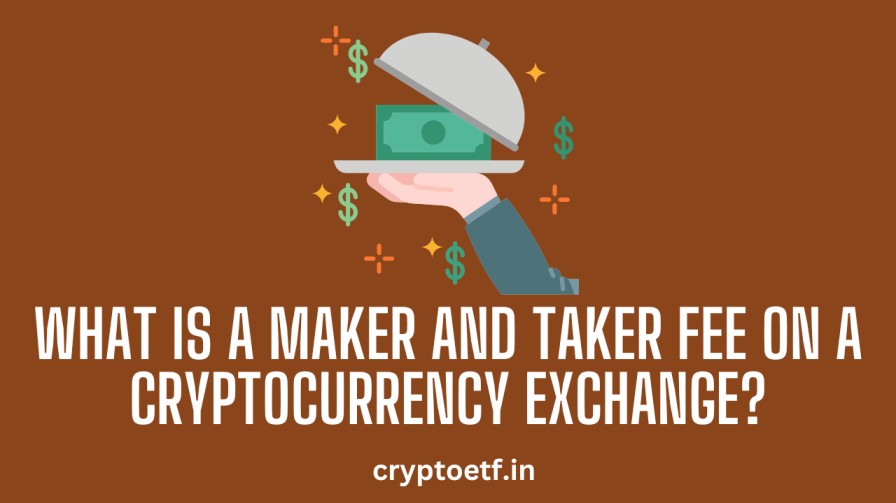Maker and taker fees are fees that are charged by a cryptocurrency exchange for executing trades on their platform. These fees are designed to help the exchange cover the costs of operating the platform and providing liquidity to its users.
A maker fee is a fee that is charged to a user who places a limit order that is not immediately filled. A limit order allows a user to specify the price at which they want to buy or sell a cryptocurrency, and is added to the order book, where it can be matched with another user’s order. If a limit order is not immediately filled, it is considered to be a maker order, and the user is charged a maker fee.
A taker fee, on the other hand, is a fee that is charged to a user who places a market order, which is an order that is immediately filled at the best available price. Market orders are considered to be taker orders, as they take liquidity from the exchange’s order book, and the user is charged a taker fee.
Maker fees are typically lower than taker fees, as the exchange incentivizes users to place limit orders, which help to provide liquidity to the platform. The exact fees charged by an exchange can vary, and can depend on several factors, such as the exchange’s operating costs and competition.
In summary, maker and taker fees are fees charged by a cryptocurrency exchange for executing trades on their platform. A maker fee is a fee charged to a user who places a limit order, while a taker fee is a fee charged to a user who places a market order. Maker fees are typically lower than taker fees, as the exchange incentivizes users to place limit orders.
Rabi is the founder of Cryptoetf.in and a regular contributor. He is passionate about the crypto world and keeps up-to-date with the latest developments, always eager to share his knowledge with readers.
